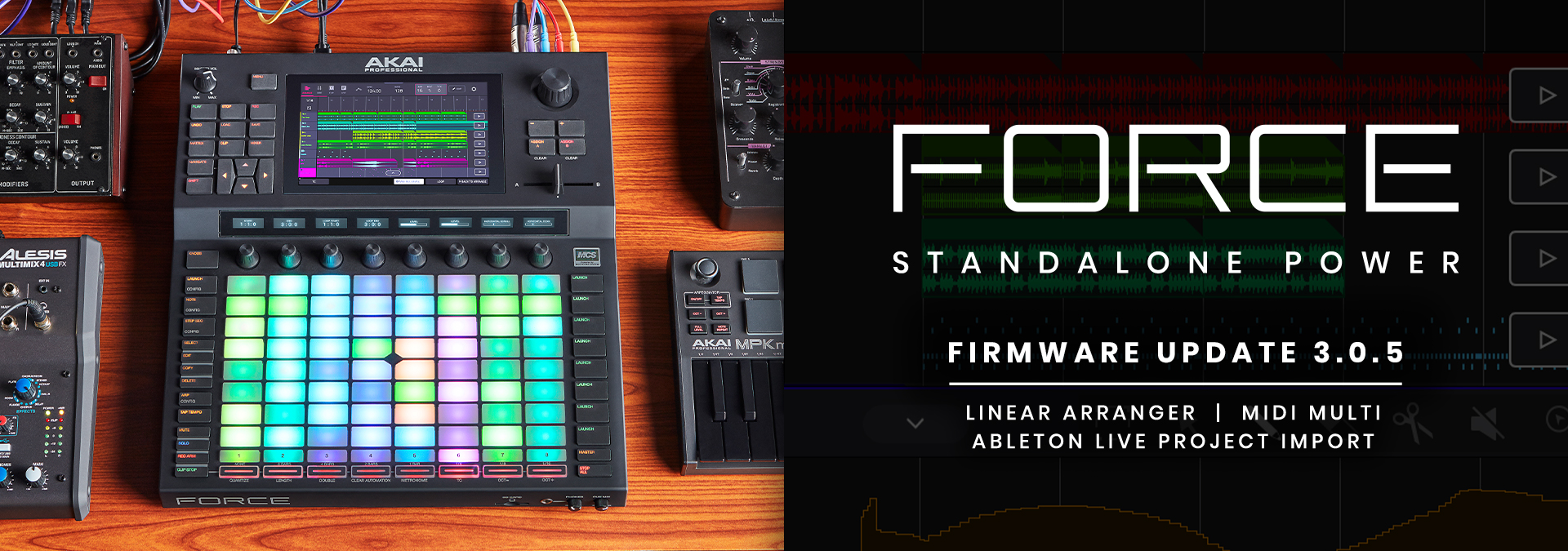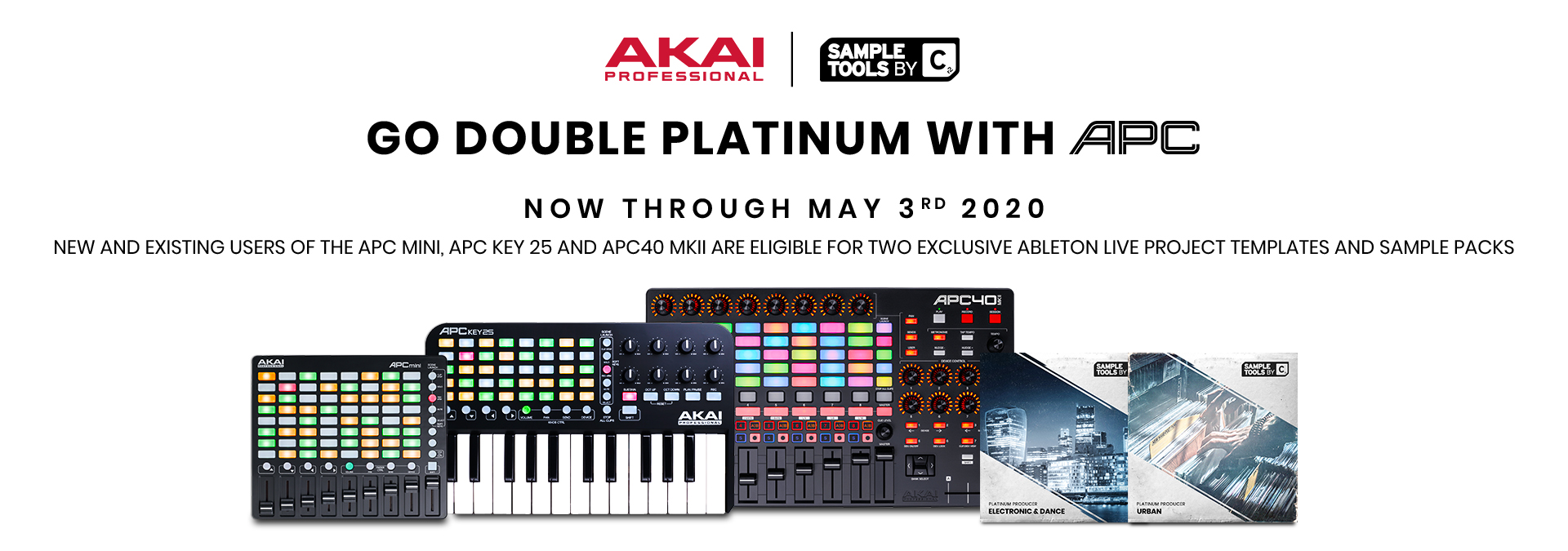

Similar to the question of size, you need to decide whether your MIDI controller is something you would like to take on the road with you.
USING APC40 WITH MARTIN MPC PORTABLE
In this guide, we’ll cover everything from a $69 USB portable mini-keyboard to something ultra-specialized like the $799 Ableton Push. You also want to make sure that whatever you buy fits well into your studio/music production facility/bedroom so that it’s easy and comfortable to sit down and start creating music. Two different controllers with the same number of keys can occupy different amounts of space depending on key size and other features. Of course, you should also ask yourself the following questions: Those are the basic terms that you should keep in mind when shopping for a MIDI controller. This is the spring-loaded mechanism we mentioned above, which is much lighter and quicker in terms of feel. Since synthesizers were never aimed at pianists, early manufacturers developed their own method to return the keys to their original position after being played. Thus manufacturer’s decided to add weights to their keys and achieve this sensation when playing. Since piano keys are actually attached to hammers that strike the inner strings in order to produce sound, they are much more heavy to play than the ones on most MIDI keyboards. These are keys that are meant to replicate the action that you get on real pianos. This sort of imitates the weighted action of real pianos and helps with the overall feel and nuance that each player can give to a performance (captured through velocity). Semi-weighted means that these combine the spring-loaded mechanism of synth action with light weights on each key. MIDI controllers with integrated keyboards can have varying styles of keys.

how hard you hit those keys or pads) they will vary in intensity and produce different styles of sound accordingly. When using a DAW, you got an Audio Channel for audio signals produced from any microphone or plugged source of audio or a MIDI channel for those MIDI signals that will be assigned to the virtual device of your choice.ĭepending on the way MIDI notes are captured on the DAW’s MIDI channel (i.e. It enables you to send signals to an external device, be it a computer or a hardware synth.

This is the classic use of a MIDI Controller. This means that the piece of hardware can not only produce MIDI signals, it can also receive them in order to alter them and produce different sounds. Have you ever read the description of a MIDI controller that you fancy, only to find that there are a bunch of terms you don’t understand? What are all those features for? Do you actually need them? To understand better what each MIDI product can offer you, first we have to take a look at the essential MIDI Controller terminology:


 0 kommentar(er)
0 kommentar(er)
